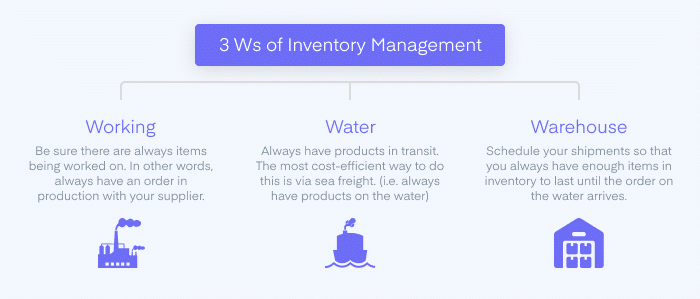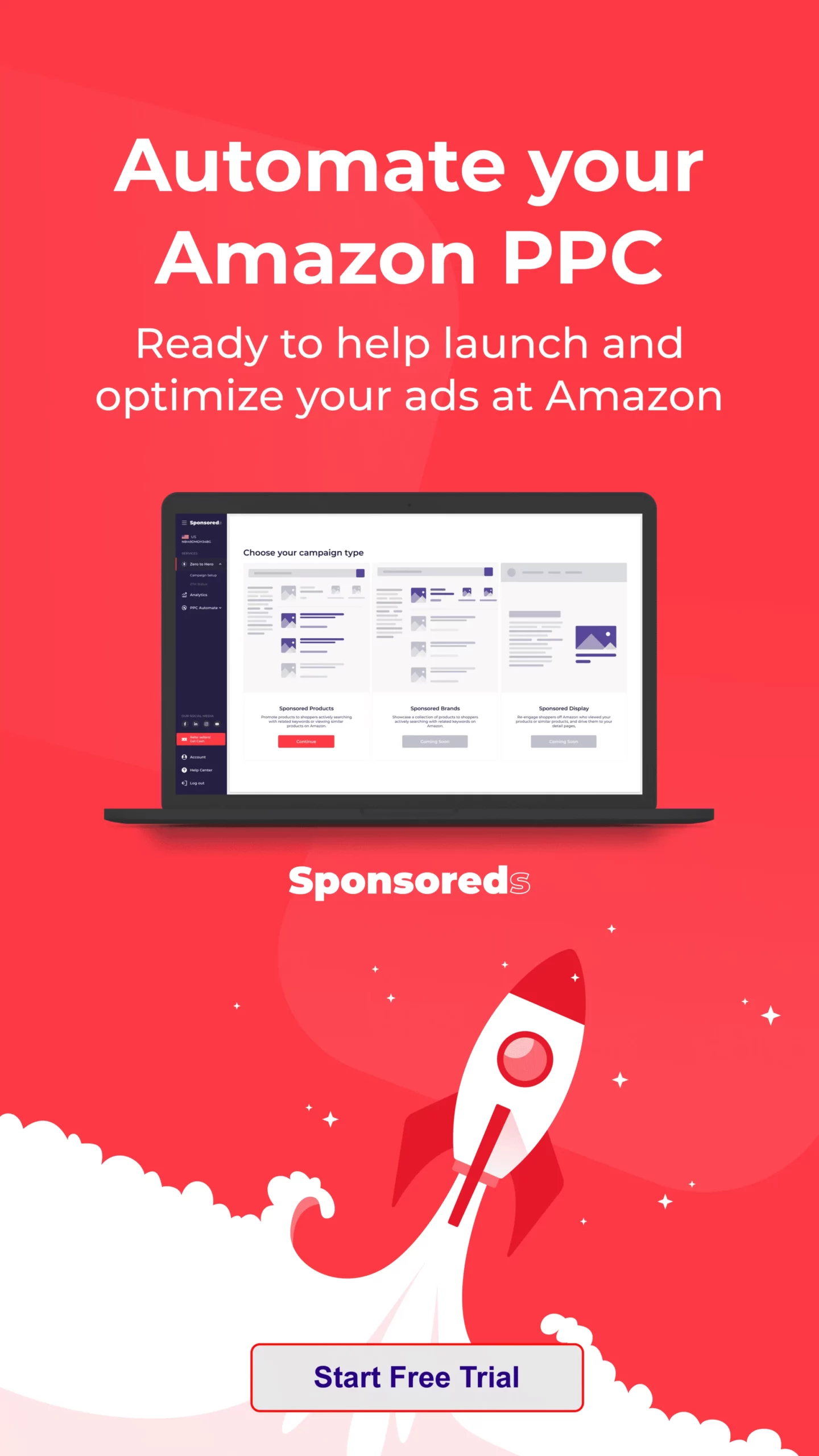Amazon is a platform for new development opportunities. Find your detailed script on how to negotiate the most attractive deals for your business in the Dr. Amazon Podcast episode.
Running an e-commerce business is regarded by gurus as a fast and easy path to wealth. There are multiple videos and tutorials on YouTube with claims such as, “Turn $2 into $10,000!”.
In reality, building and maintaining a successful e-commerce business is anything but fast and easy. Sourcing is one of the first and most time-consuming steps in the supply chain and, when done correctly, requires a significant financial commitment. However, all too often do hopeful Sellers buy into the YouTube claims and make a myriad of mistakes.
Let’s take a look at some of the top sourcing mistakes that sellers make when they begin their e-commerce journey.
Mistake 1: Approaching Suppliers with a B2C Mindset
This truly could be an entire blog post in itself. It’s all too easy for Sellers to approach suppliers with the mentality that they’re the “consumer” in the relationship. And while the Seller is acting as the “Buyer” in the upstream supply chain, these relationships should be treated as they are; business to business.
One of the most common ways Sellers do this is by asking for price cuts. It’s not uncommon for factories to work on razor-thin margins. Therefore, suppliers have very little respect for a Buyer who approaches them asking for discounts and price cuts straight out of the gate. Your goal while sourcing should be to create long-standing, mutually beneficial relationships with your factories.
Mistake 2: Conducting Minimal Product Research
In alignment with the “get-rich-quick” mentality that many e-commerce business owners are sold on, many do not take the time to become product experts. They’ll expect the factory to interpret what they’re asking for and create the best product possible when in reality, your factory is going to create exactly what you ask for.
If you don’t provide enough information, you won’t receive a response to your RFQ (request for quotation). When sourcing a product, you have to be very specific and thorough with your product details and specifications when submitting RFQs to suppliers.
Let’s say you’re looking to source plastic ashtrays. If you do a quick Amazon.com search for “plastic ashtrays”, you’ll get over 350 search results. That means there are potentially over 350 different kinds of plastic ashtrays. If you submit an RFQ to a supplier with the same request, that leaves the factory with filling in all the blanks, which they simply don’t have time for.
Instead, do a search on Alibaba.com for plastic ashtrays and find a product that best mirrors what you’re hoping to source. From there, create a “wishlist” and identify specifics for your product, such as:
- Dimensions (Diameter, depth, etc.)
- Shape
- Weight
- Color
- Pattern
- Number of ridges
- Location of the ridges (on the outer rim in the center of the tray)
- Is this for use in a car?
- Should it have a lid?
- Should it glow in the dark?
Pro Tip:
Not sure what material you want your product made from? Order something similar from a competitor and contact the seller for more complete product information.
Mistake 3: Building a “Cheap” Foundation
You have to spend money to make money, it’s as simple as that. Opting for a higher quality, likely more expensive solution, in the beginning, is going to save you money in the long run. All too often, new Sellers are trying to start their business on a shoe-string budget, which leads to poor quality products, rolled cargo, and if taken to market, negative reviews. This is your business, you need to invest in it accordingly.
Think of it like tires on your car. Let’s say the cheapest option on the market is a $40 tire that is rated for 40,000 miles. Another option would be a $60 tire that is rated for 80,000 miles. Even though you’re spending $20 more per tire upfront, you’ll be replacing them half as often, ultimately saving you money and frustration.
Mistake 4: Expecting Amazon Prime Lead Times
This somewhat goes hand in hand with mistake number one, but you must realize that your supplier will not be able to offer you 2-day shipping. You’re ordering a product that is being manufactured upon order, not already sitting in a warehouse waiting to ship. Have frank conversations with your suppliers about sample and production timelines.
Also, speak with your freight forwarding company about the current transportation lead times and stay in touch with them throughout the ordering process to stay up to date on any delays, equipment shortages, etc that may delay your shipments.
Mistake 5: Not Following the 3Ws approach
If your goal is to order a large batch of products, sell those off and get out of the game, then you can skip this last point. Let’s be honest though, if you’ve gotten this far, you’re serious about creating your e-commerce business and actually making money.
To maintain your profitability, you’ve got to have something to sell and therefore, need to learn to effectively manage your inventory. New Sellers don’t account for the time it takes to have new products manufactured, especially during peak season, and will be out of inventory for weeks at a time.
By following the 3Ws of inventory management, e-commerce businesses always have an appropriate amount of inventory in production, on the way, and on the shelves. The first W is working, meaning that you should always have an order in production with your suppliers.
Second is water, meaning you should always have products in transit to replenish the inventory that is leaving your warehouse, which is our third W. Schedule your shipments, so you always have a revolving door of old and new inventory.
Amazon Sourcing Simplified
Noviland, Inc. offers a simple, streamlined solution to sourcing for e-commerce businesses of all industries. Our platform allows Sellers to easily submit and review RFQs, order samples, review QC reports, and work directly with a dedicated team of supply chain professionals.
Through real-time updates delivered via push notifications, Sellers always know where their products are in the supply chain.
About the author
Lisa Kinskey is the Marketing Assistant of Noviland, Inc., a rapidly growing sourcing & purchasing solution making sourcing from overseas factories simpler. Lisa has a background in sales, marketing, and event planning, and currently resides in Duluth, Georgia.






